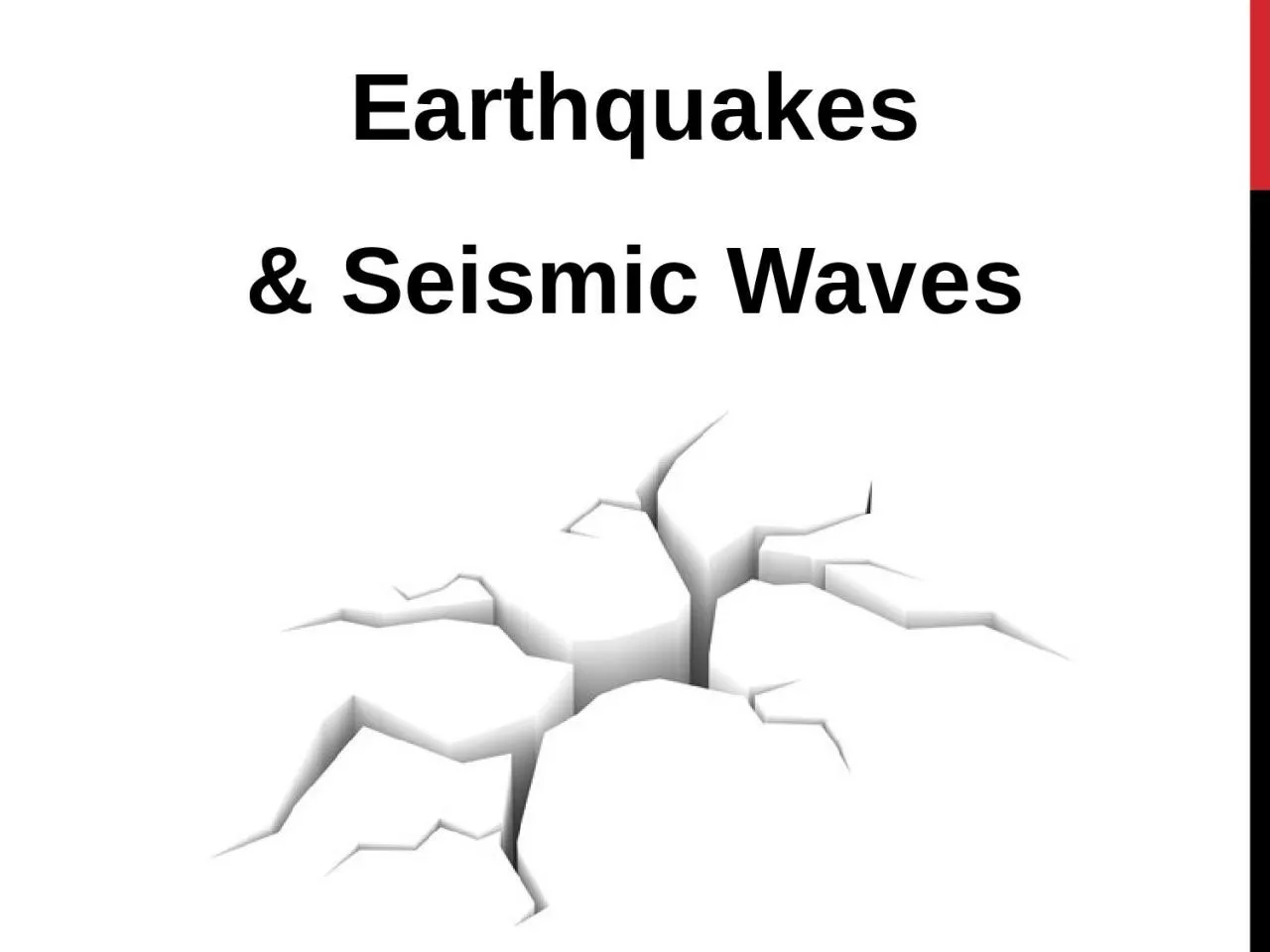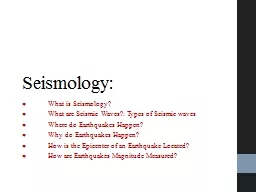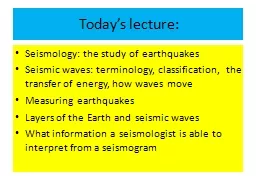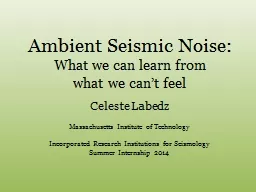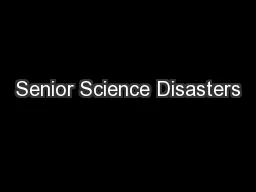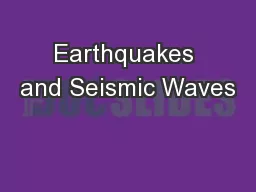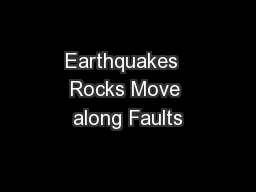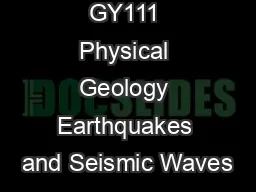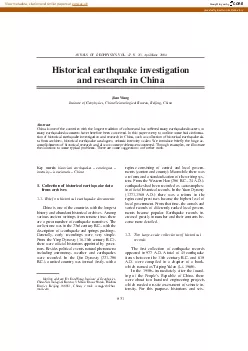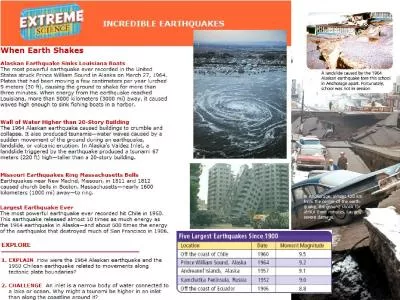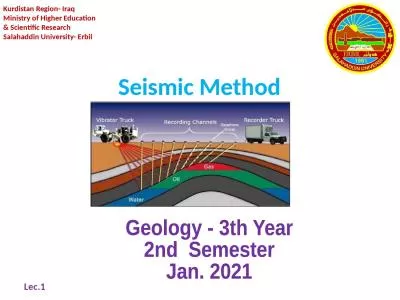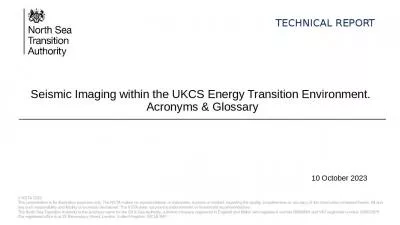PPT-Earthquakes & Seismic Waves
Author : taylor | Published Date : 2023-10-18
For a quick laugh Geologists use 2 terms when discussing the location of an earthquake Focus The area beneath Earths surface where the rock that is under stress
Presentation Embed Code
Download Presentation
Download Presentation The PPT/PDF document "Earthquakes & Seismic Waves" is the property of its rightful owner. Permission is granted to download and print the materials on this website for personal, non-commercial use only, and to display it on your personal computer provided you do not modify the materials and that you retain all copyright notices contained in the materials. By downloading content from our website, you accept the terms of this agreement.
Earthquakes & Seismic Waves: Transcript
Download Rules Of Document
"Earthquakes & Seismic Waves"The content belongs to its owner. You may download and print it for personal use, without modification, and keep all copyright notices. By downloading, you agree to these terms.
Related Documents

